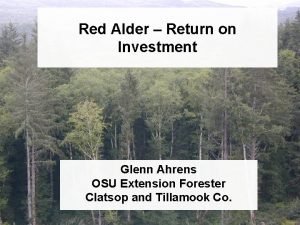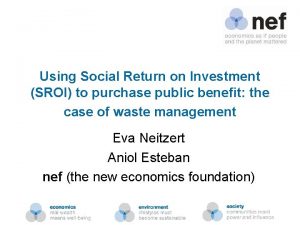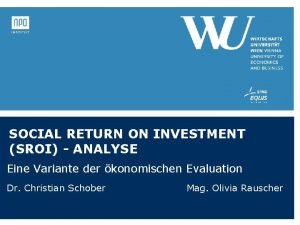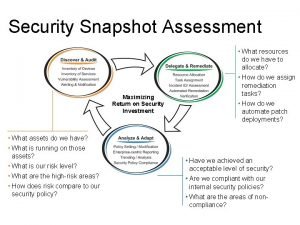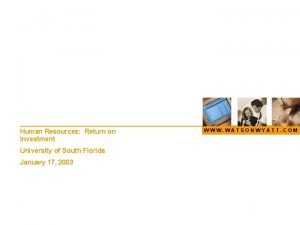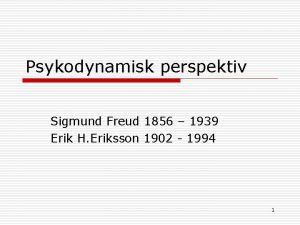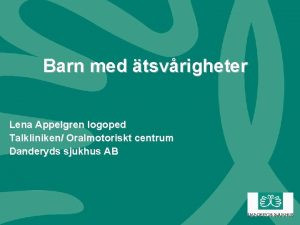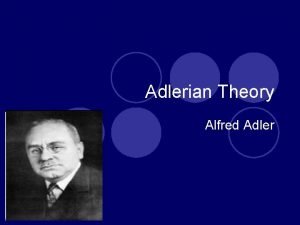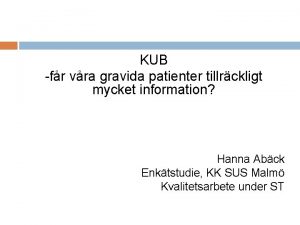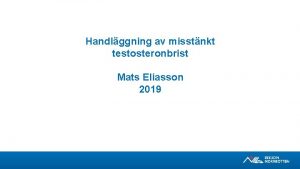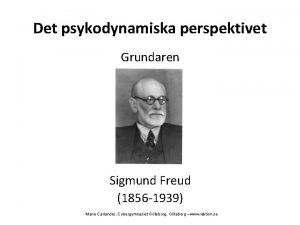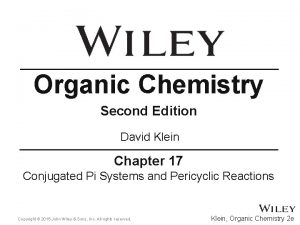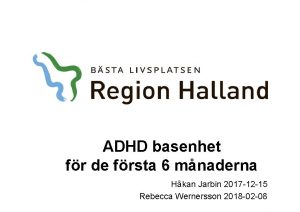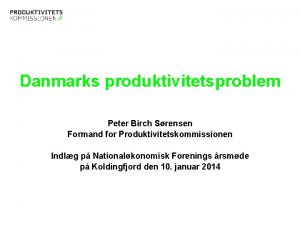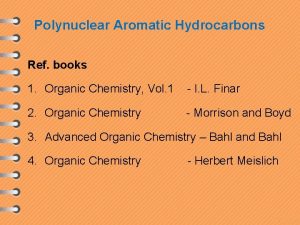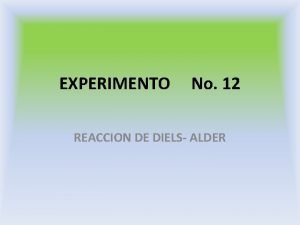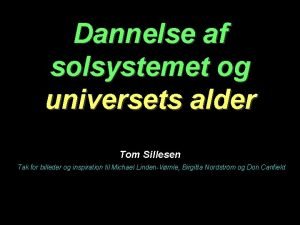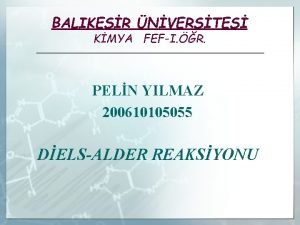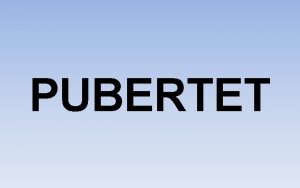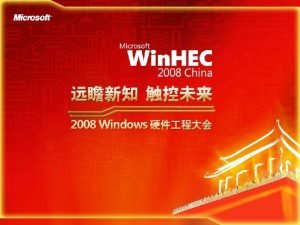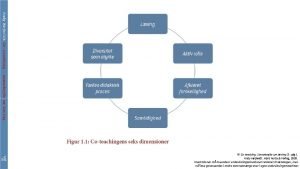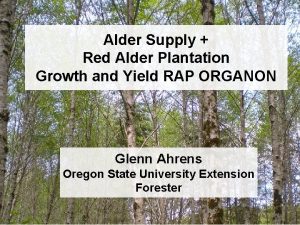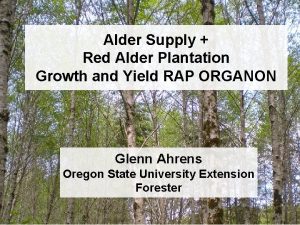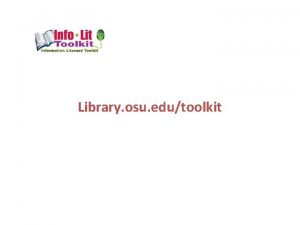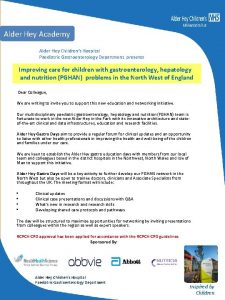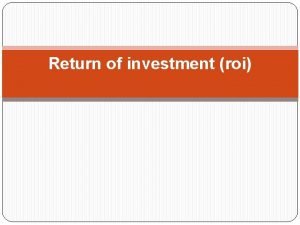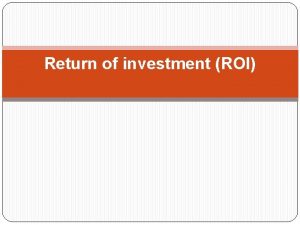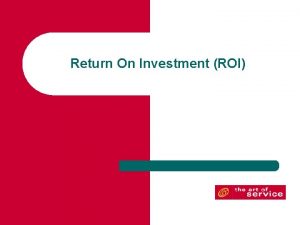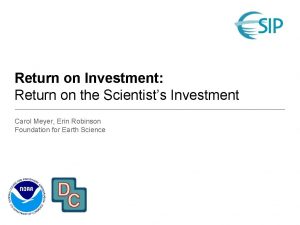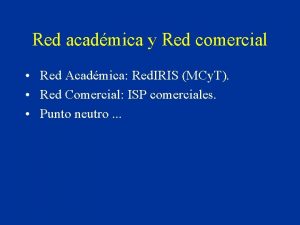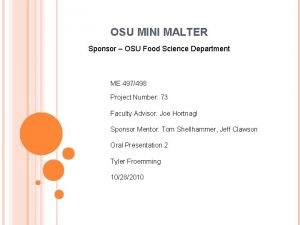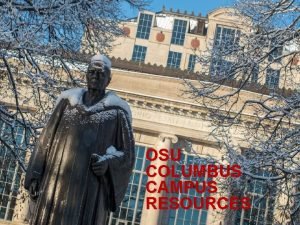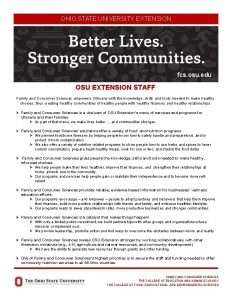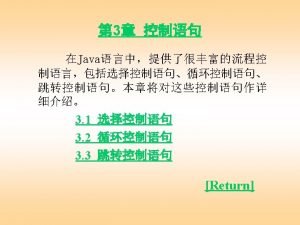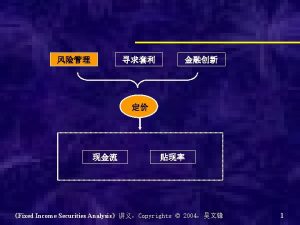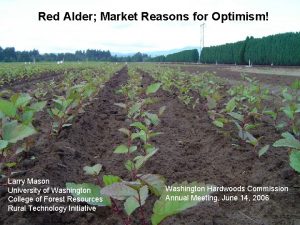Red Alder Return on Investment Glenn Ahrens OSU






























- Slides: 30

Red Alder – Return on Investment Glenn Ahrens OSU Extension Forester Clatsop and Tillamook Co.

My Background • Focus on hardwood forestry since 1984 • 25 years of Research and Extension at Oregon State University • Private Forestry Consultant

Returns from Red Alder Outline • Forester ‘s perspective - Not an Economist • Growth & yield • Important considerations for site specific investment analysis • Economics – ROI, NPV • Future outlook and needs

Forester ‘s perspective Alder seems very promising! • Relatively high log values • Good performance in plantations – success being demonstrated • Rapid early growth + short rotations should produce favorable rates of return • General economic assessments have indicated returns competitive with conifers (equal or greater alder log values)


Foresters often leave alder in young stands when it appears to be the “best tree”.

Douglas-fir vs. Alder DF has much greater yield per acre over the long term

Similar rates of annual production Alder culminates much earlier – potential for good rate of return

Important considerations Need to Assess Site-Specific Investment Alternatives • Estimates of expected yield over time for alternative species and management regimes. • Optimum rotation ages. • Variability in site quality and performance.

Analysis of Forestry Investments Need Site-Specific Estimates of Yield Over Time Source: A Demonstration Set of Yield Charts, Forest Biometrics Research Institute www. forestbiometrics. com

Analysis of Forestry Investments Rotation Age - Maximizing Net Present Value Source: A Demonstration Set of Yield Charts, Forest Biometrics Research Institute www. forestbiometrics. com

Ft 3/ac/yr 160 45

Source: Florian Deisenhofer and Eric Aubert, Washingto Department of Natural Resources, 2005

Important considerations Site-Specific Investment Alternatives • Intensive and Expensive Plantation management required to ensure good performance of alder. • Yield and return from conifer species will also respond very well to such intensive management.

Empirical Yield – WA DNR and BC Ministry of Forests. Managed – Red Alder: State of Knowledge Symposium 2005, Douglas-fir – Talbert and Marshall 2005.

Intensive management produces fast-growing trees: both alder and conifer 26 -year old Douglas-fir 17 -year old red alder

Knowledge of and management for alder is increasing.

Improved timber value expected from management of red alder • As with many tree species, basic forest management steps are expected to improve timber yield for alder. • Forester’s are recognizing that management is often needed to ensure good performance of alder.

Dense Alder Thicket = low sawtimber volume

Open, brushy alder = low sawtimber volume

Well-distributed, well-spaced trees will make the best of incidental alder patches…

Who will plant alder for the next rotation ? Competitive rates of return from alder appear possible. But better information on yield and returns is still needed to help managers decide where to plant alder.





Important considerations for land managers Assumptions, Sensitivity, Confidence, Risk • What do you think the relative value of alternative species and products will be at harvest time? • What is your level of confidence in your management practices; in meeting your expectations for field performance? • How do you feel about the risks?


Return on Investment in Alder? Outlook for Filling the Information Gaps • • • Growth and yield model for managed stands is coming soon. Professional knowledge and skills in Alder Management are increasing. Demonstrated success with alder management and transfer technology is increasing.

Assumptions for Douglas-fir and Red Alder Plantation Scenarios Regime Species Site Index Yield mbf/ac Age Avg. Log Price logging Cost Net Prep+Plant PCT Stumpage Harvest$ Cost cost PCT year 1990 RA 30 Red Alder 100 30 15 350 200 150 2250 500 100 7 2000 RA 30 Red Alder 100 30 15 525 200 325 4875 500 100 7 2007 RA 30 Red Alder 100 30 15 660 200 460 6900 500 100 7 Equal RA 30 Red Alder 100 30 15 500 200 300 4500 100 7 1990 DF 45 Douglas-fir 120 45 30 580 180 400 12000 500 0 0 2000 DF 45 Douglas-fir 120 45 30 590 180 410 12300 500 0 0 2007 DF 45 Douglas-fir 120 45 30 515 180 335 10050 500 0 0 Equal DF 45 Douglas-fir 120 45 30 500 180 320 9600 500 0 0 1990 DF 45 H Douglas-fir 120 45 40 580 180 400 16000 500 0 0 2000 DF 45 H Douglas-fir 120 45 40 590 180 410 16400 500 0 0 2007 DF 45 H Douglas-fir 120 45 40 515 180 335 13400 500 0 0 Equal DF 45 H Douglas-fir 120 45 40 500 180 320 12800 500 0 0
 Glenn ahrens
Glenn ahrens Malte ahrens
Malte ahrens Systems engineering return on investment
Systems engineering return on investment Sroi
Sroi Sroi beispiel
Sroi beispiel Maximizing security roi
Maximizing security roi Human resources return on investment
Human resources return on investment Internal communication return on investment
Internal communication return on investment Required rate of return formula
Required rate of return formula Fixed investment and inventory investment
Fixed investment and inventory investment Psykodynamisk perspektiv
Psykodynamisk perspektiv Munskärm
Munskärm Debbie alder
Debbie alder Diels alder tepkimesi
Diels alder tepkimesi Creative self adler
Creative self adler Snap-iv ålder
Snap-iv ålder Kub test resultat ålder
Kub test resultat ålder Testosteronvärde normalt
Testosteronvärde normalt Psykodynamiska perspektivet faser
Psykodynamiska perspektivet faser Diels alder reaction
Diels alder reaction Agata jarbin
Agata jarbin Peter birch alder
Peter birch alder Diels alder reaction of anthracene
Diels alder reaction of anthracene Reaccion diels alder
Reaccion diels alder Solsystemet alder
Solsystemet alder Diels alder tepkimesi
Diels alder tepkimesi Mensen svette
Mensen svette Alder reilly
Alder reilly Iridotomi
Iridotomi Alder windows
Alder windows Co teaching andy højholdt
Co teaching andy højholdt
